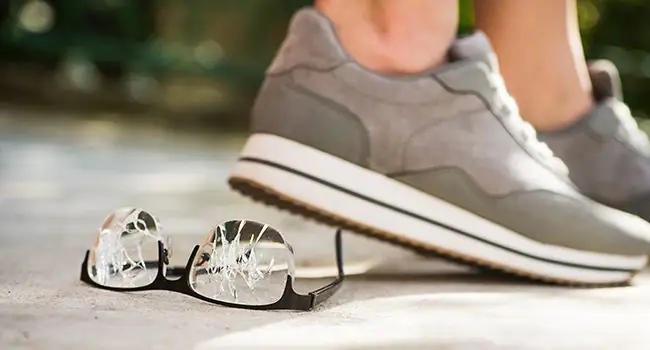SMILE, LASIK, or PRK: What is the best?
Have you long lived a life with spectacles and contact lenses? Do you wish to get rid of these temporary solutions and want to lead a spectacle free life? If yes, then, laser eye surgery is the way out for you. During laser eye surgery, a laser is used to correct refractive errors.
But, with the presence of so many options for laser surgery in the market, it gets easily confusing to set your mind on one. In this blog, we’ll attempt to discuss the options available for laser eye surgery and which one should be the best for you.
The best three options are as follows:
- PRK
- Lasik
- SMILE
PRK laser eye surgery
PRK is also known as photorefractive keratectomy. It is the first generation of laser vision correction. PRK can treat astigmatism, nearsightedness, and farsightedness.
During PRK laser eye surgery, the epithelium (the outer layer of your cornea) is removed by surgeons using a manual instrument. Then, a cool excimer laser is used to reshape the cornea and correct your vision. It is important to note that in the PRK procedure, no corneal flap is created. The surgery takes up to five minutes for an eye and is done on a daycare basis.
PRK is beneficial for people who do not qualify for Lasik, including people with thin corneas. It is considered good for those who have irregular or thin corneas, or those who are in a job that involves direct contact with the eye like fighters and boxers.
Downsides of PRK
Though PRK is a trusted, and safe surgery to go for, it takes a lot of time to recover. Out of all the three types of laser eye surgeries (SMILE, Lasik, and PRK), PRK can take up to two to six weeks to heal properly.
If you have chosen to go for the surgery in both the eyes at one go, then you will be recommended not to drive or go to work for at least a week. Additionally, post-surgery discomfort can be higher in comparison with SMILE and Lasik.
Lasik laser eye surgery
Lasik stands for Laser-Assisted In-situ Keratomileusis. Lasik laser eye surgery treats nearsightedness, farsightedness, and astigmatism. It is considered as the second generation of laser vision correction.
During Lasik surgery, a small corneal flap is created using a femtosecond laser. The flap is folded back by the surgeon to get better access to the inside of the cornea. Then, the surgeon uses an excimer laser to reshape corneal tissue to correct refractive error.
Lasik is a safe, painless procedure trusted by many. It is done on an outpatient basis and offers a quick healing time.
Downsides of Lasik
For Lasik laser surgery, people with irregular cornea might not be the right candidate. This surgery requires the patient to have a certain corneal thickness as a flap has to be created in the procedure.
A patient who has undergone Lasik may experience blurred vision and burning sensation for some hours or days after the surgery. Though, vision gets stabilized after a few days on its own. A patient might even be required to wear a sleeping patch for some days after the surgery. Though rare, Lasik might involve potential flap-related issues post-surgery.
SMILE laser eye surgery
SMILE is FDA approved advanced laser eye surgery that is practised worldwide since 2012. SMILE is one step one laser procedure. It does not use an excimer laser in the process, rather uses a femtosecond laser to cut a small incision in the cornea. The surgeon removes a tiny part of corneal tissue, called a lenticule, and reshapes the cornea. That’s how the refractive error is corrected.
SMILE is a minimally invasive surgery that is blade-free, odourless, and noiseless. This laser eye surgery creates a 2mm corneal key-hole incision that ultimately offers more corneal stability after the surgery. Undoubtedly, it is a safe, flapless procedure that offers faster visual recovery.
Downsides of SMILE
The recovery time of SMILE laser eye surgery is slightly longer than Lasik.
SMILE, LASIK, or PRK: Which is best?
You have to go through a comprehensive eye examination. After a consultation with your surgeon, you can take a decision on which procedure is the best for you. Amongst SMILE, LASIK, or PRK, your doctor can suggest which treatment option is the best for you.
At Centre for Sight, we correct refractive errors. Be it Lasik, SMILE, or PRK, make sure you get in touch with an experienced eye care centre with exceptional service and best treatment facilities. Our hospital provides treatment for an array of eye conditions with the best possible options.Article: What is the Best – SMILE, LASIK, or PRK?
Author: CFS Editorial Team | Jun 15, 2020 | UPDATED 01:19 IST
*The views expressed here are solely those of the author in his private capacity and do not in any way represent the views of Centre for Sight.





